Case Analysis of Signage Design for the Royal Alberta Museum, Canada
Case Analysis of Signage Design for the Royal Alberta Museum, Canada
I. Project Background
As the largest comprehensive museum in western Canada, the Royal Alberta Museum (RAM) houses over 7 million artifacts, covering natural history (such as dinosaur fossils), Indigenous cultures, art, and social history. It serves as a cultural icon of Alberta and even Canada.

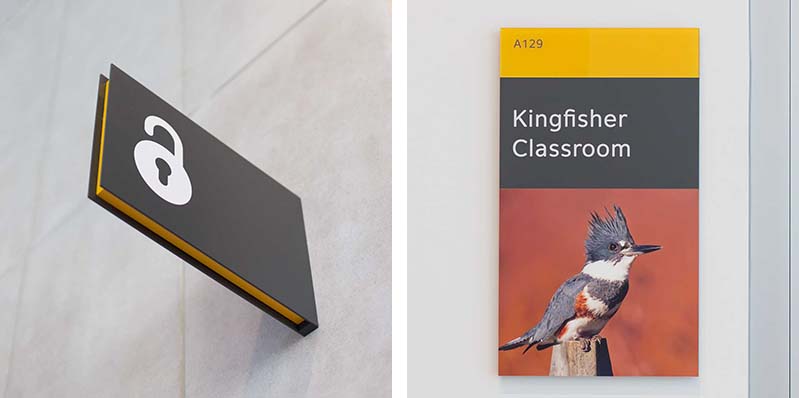
2. Analysis of Key Design Points
Three - Dimensional Signage at the Entrance
Visual Identity ability: Using sandstone-textured composite materials (coated with natural quartz sand grains) to mimic the glacial landform texture of Alberta, paired with a bronze metal base to echo the museum's theme of "coexistence of nature and history."
Material and Craftsmanship:The font edges are weathered and worn to mimic natural erosion. Each character weighs 80kg, fixed by embedded steel structures, with seismic resistance up to magnitude 7.
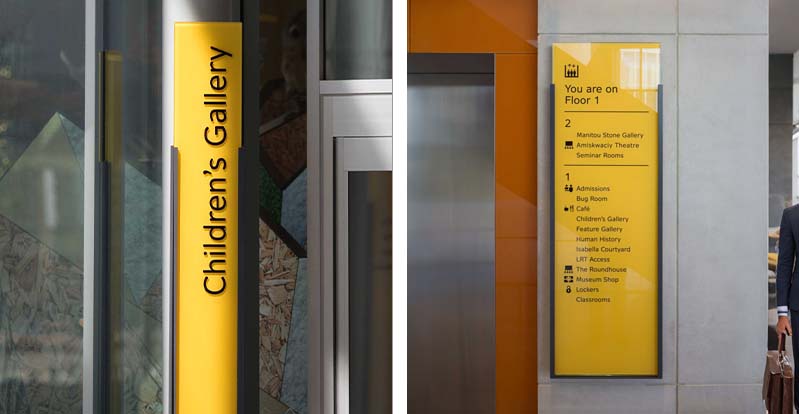
3.Summary of Design Effects
The signage system of the Royal Alberta Museum in Canada, through the ingenious design of elements such as three-dimensional signs and floor indicators, has established an immersive and precise narrative framework. From strengthening the regional cultural identity to guiding visitors through the knowledge context of all exhibition halls, it has not only improved the efficiency of visits and exhibition display within the museum but also provided visitors with a more profound and multi-dimensional cultural experience, becoming a model case that integrates narrative and functionality in museum signage system design.

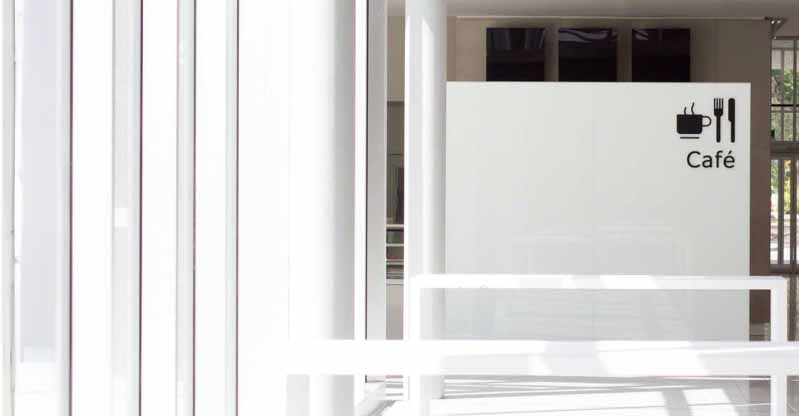
(This article focuses on case sharing and provides an in-depth analysis of practical experiences for you.)
Case Interpretation Designer:
Myra
Publisher:
Charcy
Recruit:
We will regularly find and share global high-quality sign cases,
if you have a better case or project,
you can send it to us, we will share your case with more people.
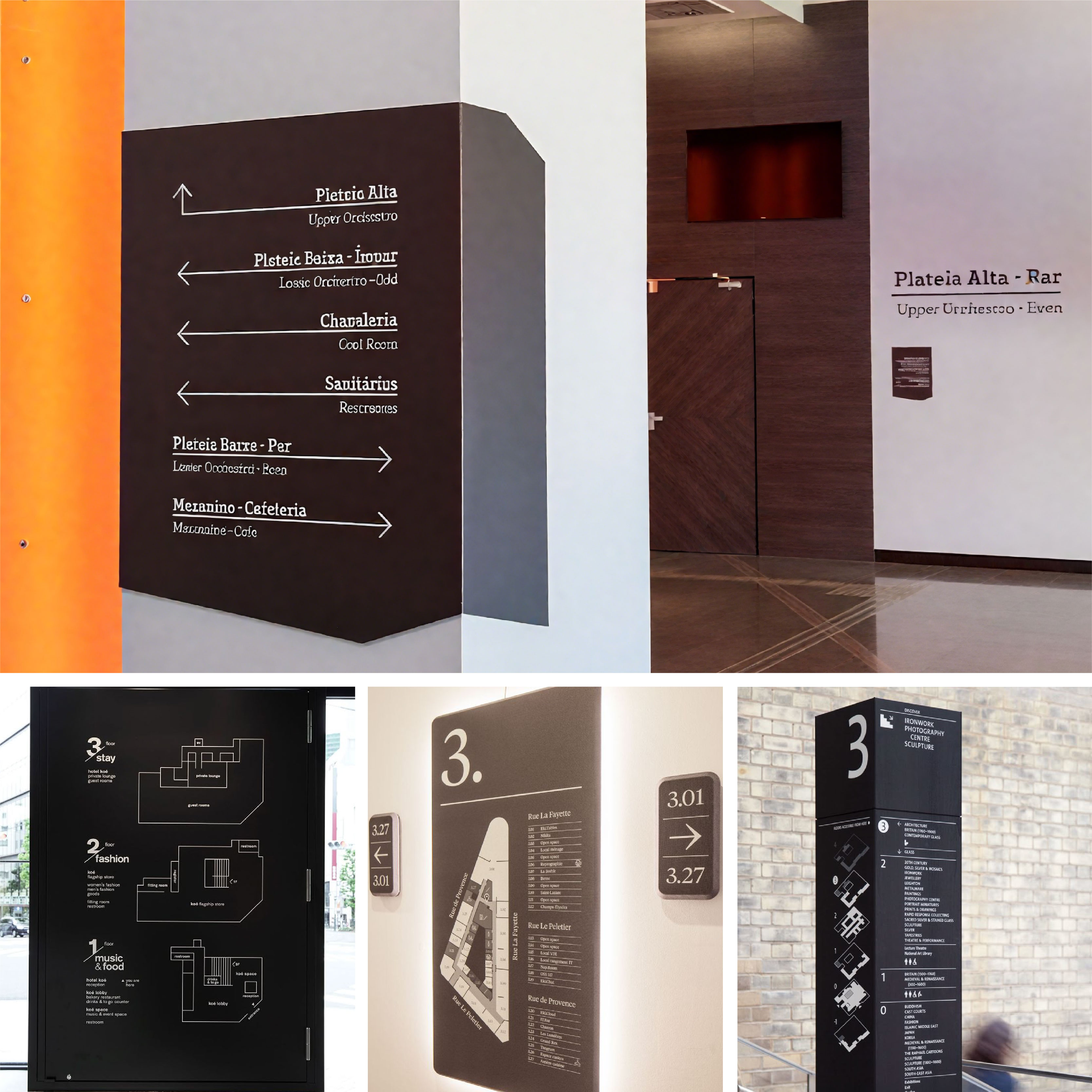 Americas-North America-Canada-
Americas-North America-Canada-
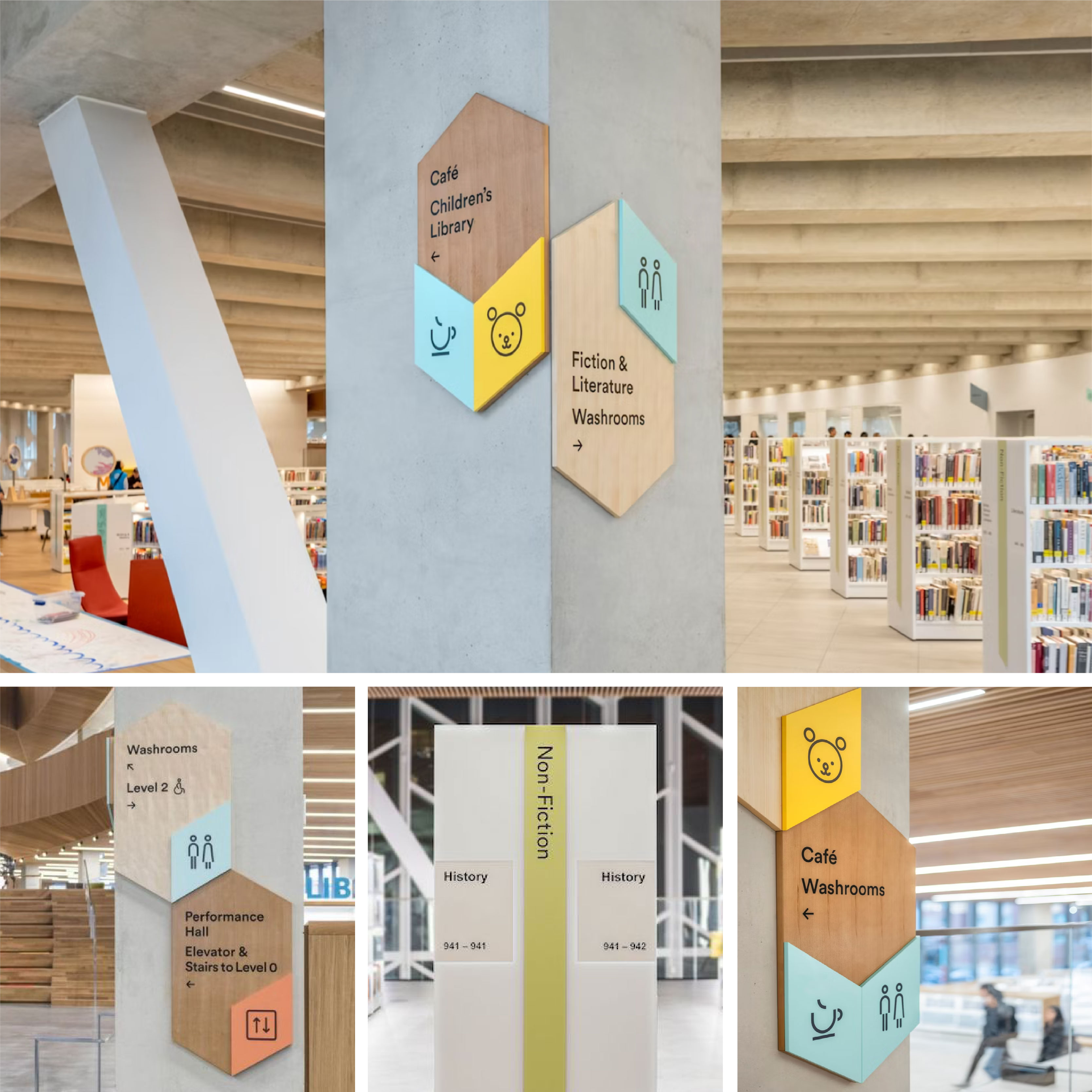 Case Analysis of the Wayfindin
Case Analysis of the Wayfindin
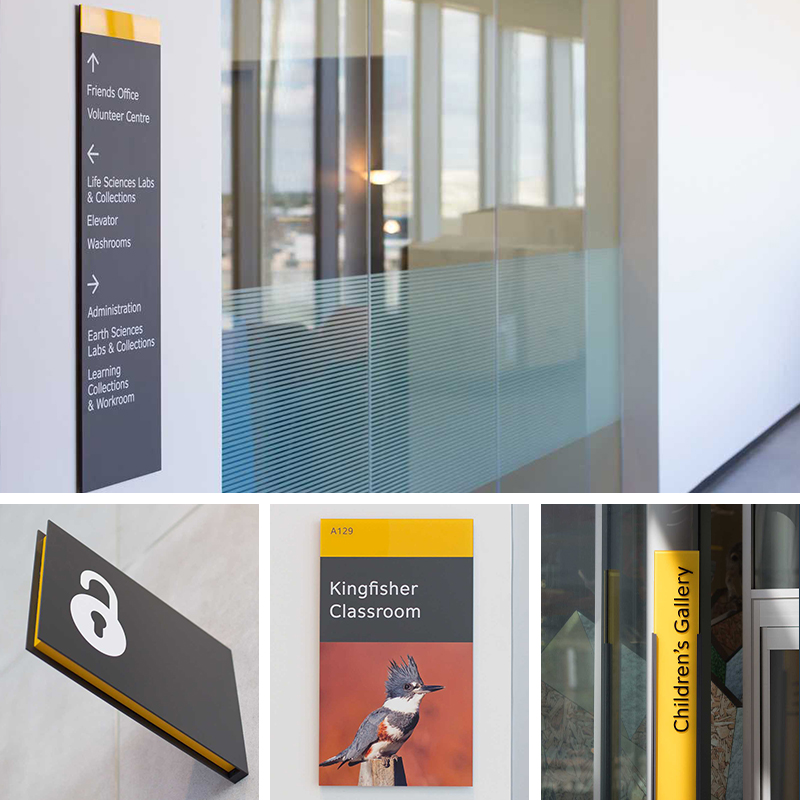 Case Analysis of Signage Desig
Case Analysis of Signage Desig
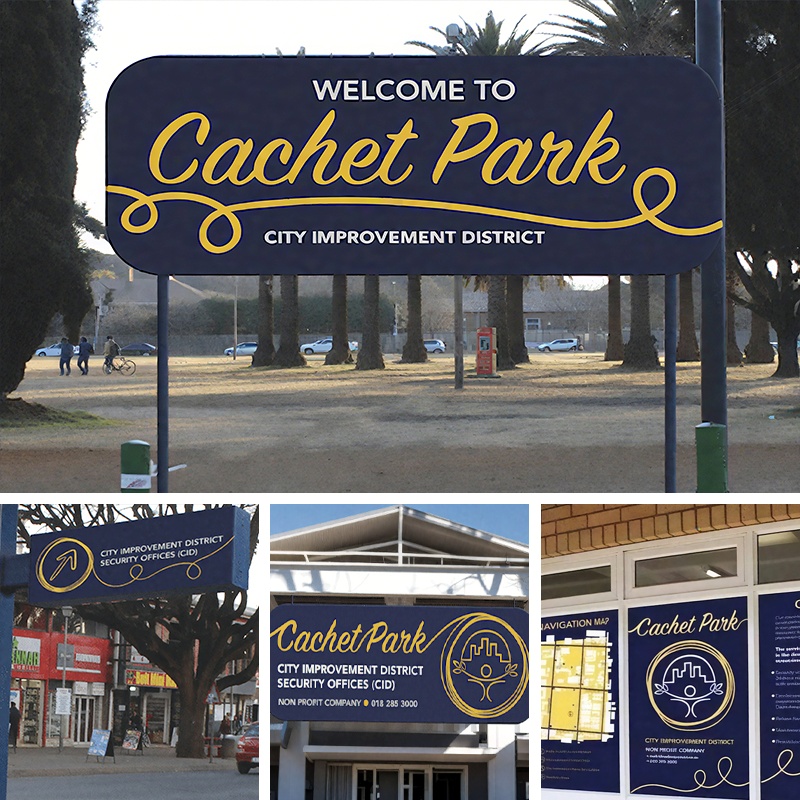 Case Analysis of Wayfinding De
Case Analysis of Wayfinding De

